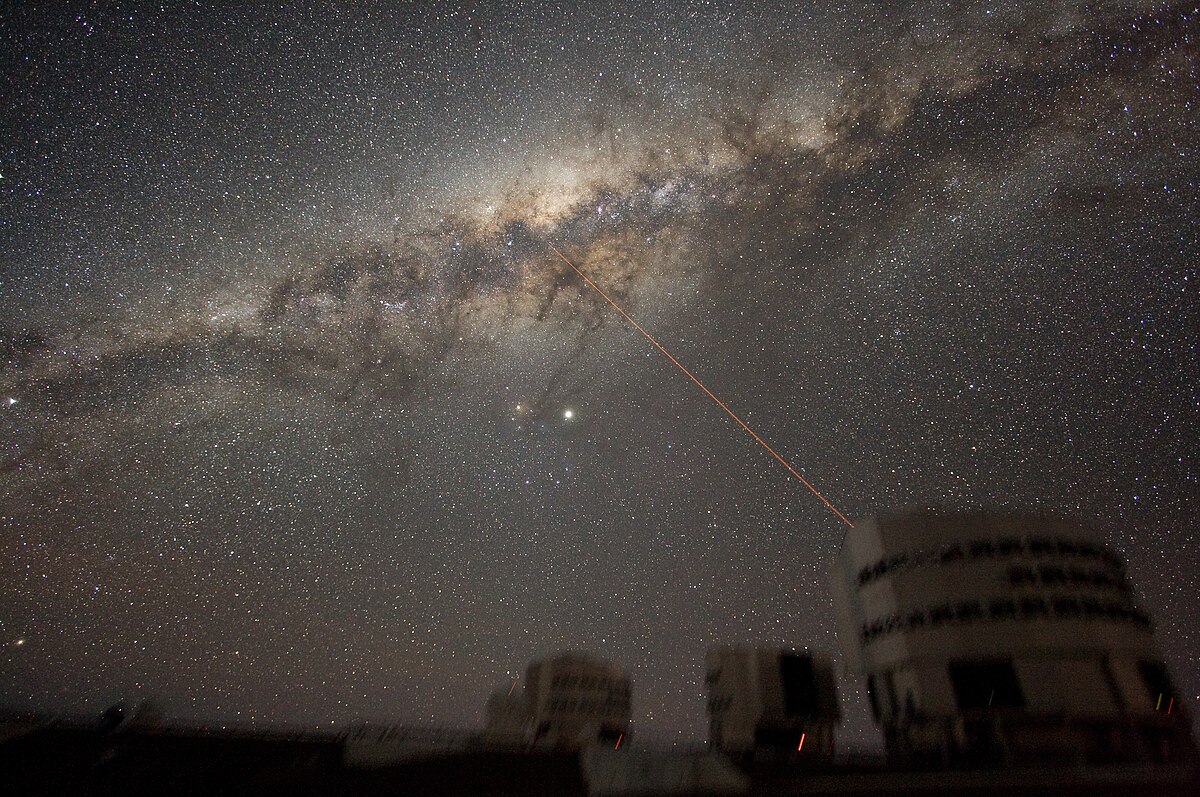If a person could travel at 1/10th the speed of light it would take about 7750 years to travel to our nearest galaxy.
Soooooo, the likelihood of aliens ever visiting Earth is about zero.
[PART ONE]
Dude ... no intent here to slam or demean you, but you are a bit off and incorrect here. As so often happens, a few words in error can require paragraphs(posts) of corrections, so let's start;
We here on Earth are part of a star and planet system known as the Solar System. Assumed to be rather typical as 'star systems'(star(s) + planet(s)) go, and hence our base template to extrapolate outward to other stars(and planets attached, hence 'systems') near by.
We are located inside the Milky Way Galaxy, supposedly towards an outer rim/edge. Nominally about 27,000 light years distance from the center of our spiral galaxy which is estimated to be from 100,000 to 200,000 light years in diameter.
Traveling at 1/10th the speed of light it will take us about 270,000 years to reach the center of our galaxy. It would take about 730,000 to 1,230,000 years to reach the far edge of our galaxy. As for the nearest galaxy, or nearest star, such will be subject of the next posts.
The
Milky Way[a] is the
galaxy that includes our
Solar System, with the name describing the galaxy's appearance from
Earth: a hazy band of light seen in the
night sky formed from stars that cannot be individually distinguished by the
naked eye. ...
...
The Milky Way is a
barred spiral galaxy with an estimated visible diameter of 100,000–200,000
light-years, but only about 1000 light years thick at the spiral arms (more at the bulge). Recent simulations suggest that a
dark matter area, also containing some visible stars, may extend up to a diameter of almost 2 million light-years.
[12][13] The Milky Way has several
satellite galaxies and is part of the
Local Group of galaxies, which form part of the
Virgo Supercluster, which is itself a component of the
Laniakea Supercluster.
[25][26]
It is estimated to contain 100–400 billion
stars[27][28] and at least that number of
planets.
[29][30] The Solar System is located at a radius of about 27,000 light-years from the
Galactic Center,
[3] on the inner edge of the
Orion Arm, one of the spiral-shaped concentrations of gas and dust. ...
...
The Milky Way as a whole is moving at a velocity of approximately 600 km per second with respect to extragalactic frames of reference. The oldest stars in the Milky Way are nearly as old as the Universe itself and thus probably formed shortly after the
Dark Ages of the
Big Bang.
[36] On 12 May 2022, astronomers announced the image, for the first time, of
Sagittarius A*, the
supermassive black hole at the center of the Milky Way galaxy.
[37]
....

en.wikipedia.org


 Guess all these astronaughts and Air Force officers speaking of aircraft they have seen stay in one place and then zip off in be gone before even a second passed by into nowhere off radar we’re all lying,yeah right,grow up already.
Guess all these astronaughts and Air Force officers speaking of aircraft they have seen stay in one place and then zip off in be gone before even a second passed by into nowhere off radar we’re all lying,yeah right,grow up already. 



